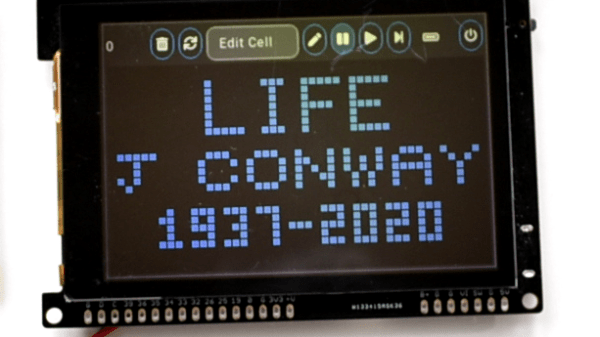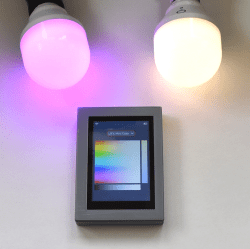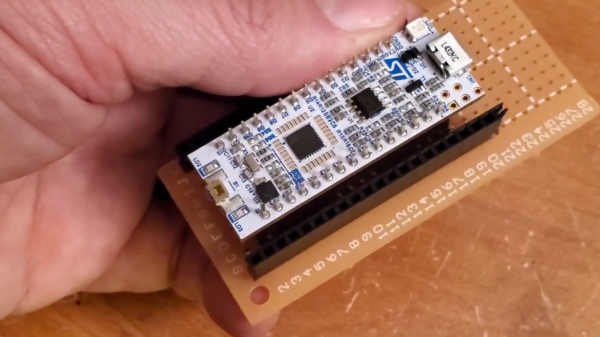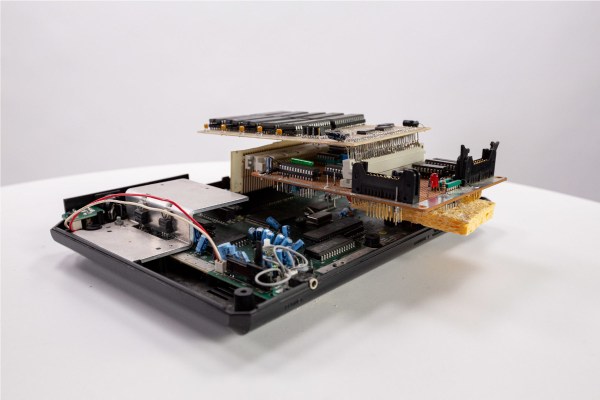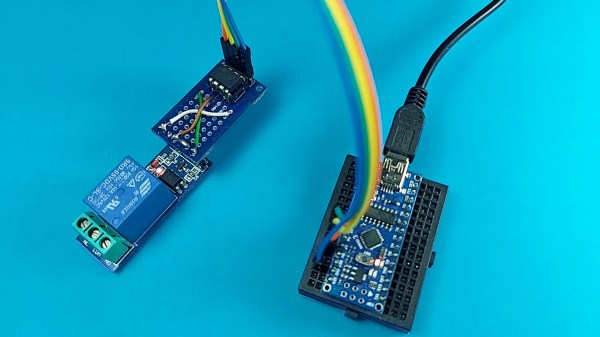The global supply chain is a masterpiece of containerized logistics that allows a container to leave a factory in China and arrive on a British forecourt after only a few weeks, but along with the efficiency it brings a traceability and monitoring problem. If you are shipping perishable items such as medicines or foodstuffs, how can you be sure that they’ve remained refrigerated the whole journey through?
The answer comes in digital temperature loggers, and since these are throwaway devices [arduinocelentano] decided to look inside and see if they could be reused. The answer is positive, in that many models have the potential to be useful dev boards for very little money.
These devices usually take the form of a bulky USB dongle with an LCD display and a few buttons. Inside they invariably have a low-power ARM microcontroller and a battery as well as the temperature sensor and some flash memory to store the readings. The data is read by the customer through the USB port, and they’re single use with manufacturers paying only lip service to recycling, because the data must by necessity be impossible to erase or alter. Happily for all that, many of them appear to be well-designed internally, with the relevant debug and programming ports exposed and the ability to access the microcontroller. We look forward to seeing what comes of these boards, because while the worst of the chip shortage my now be receding it’s always good to find a new source.




